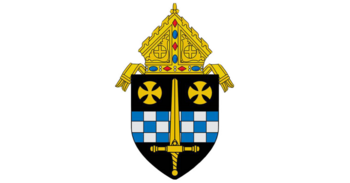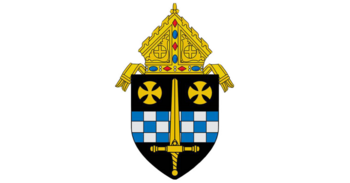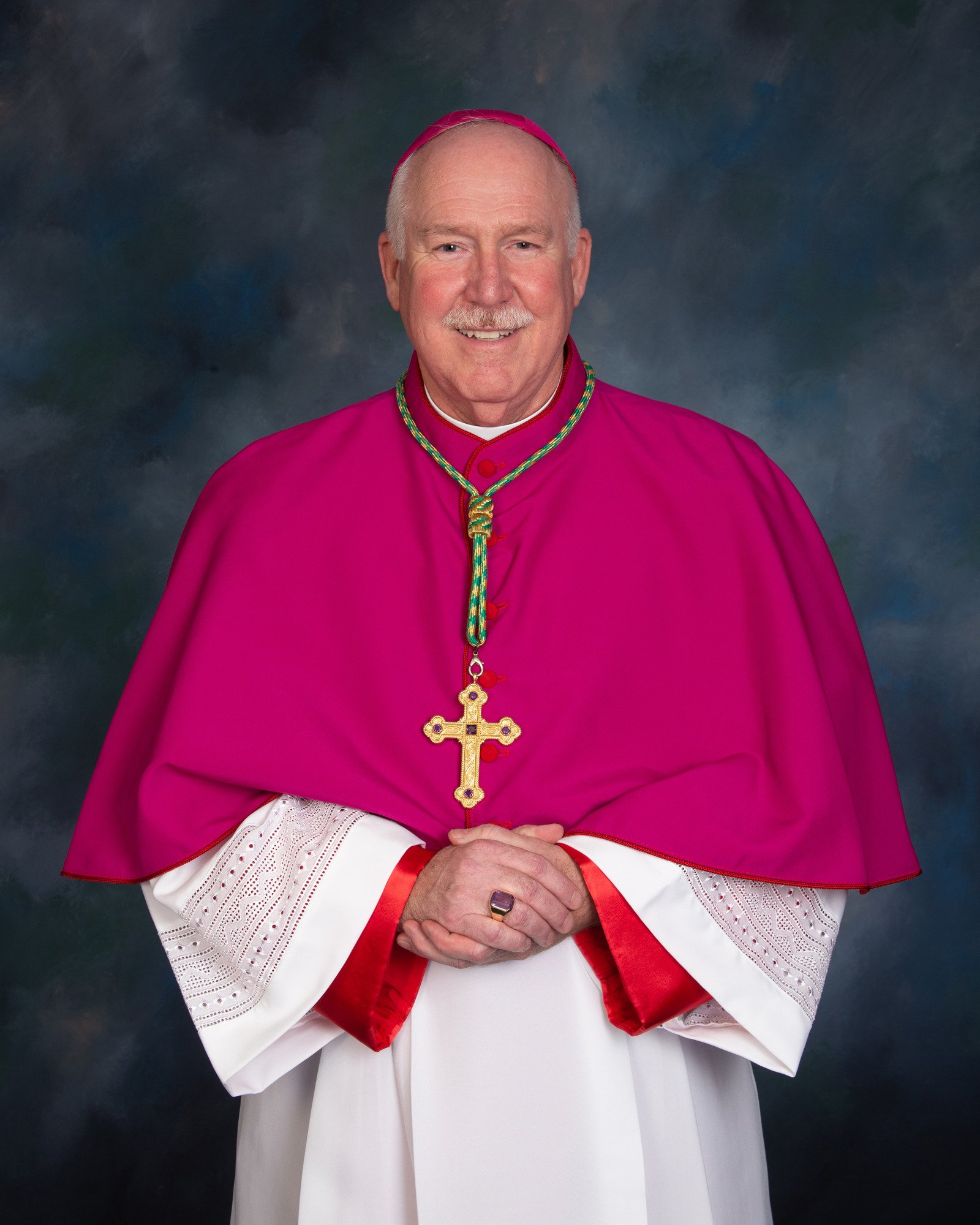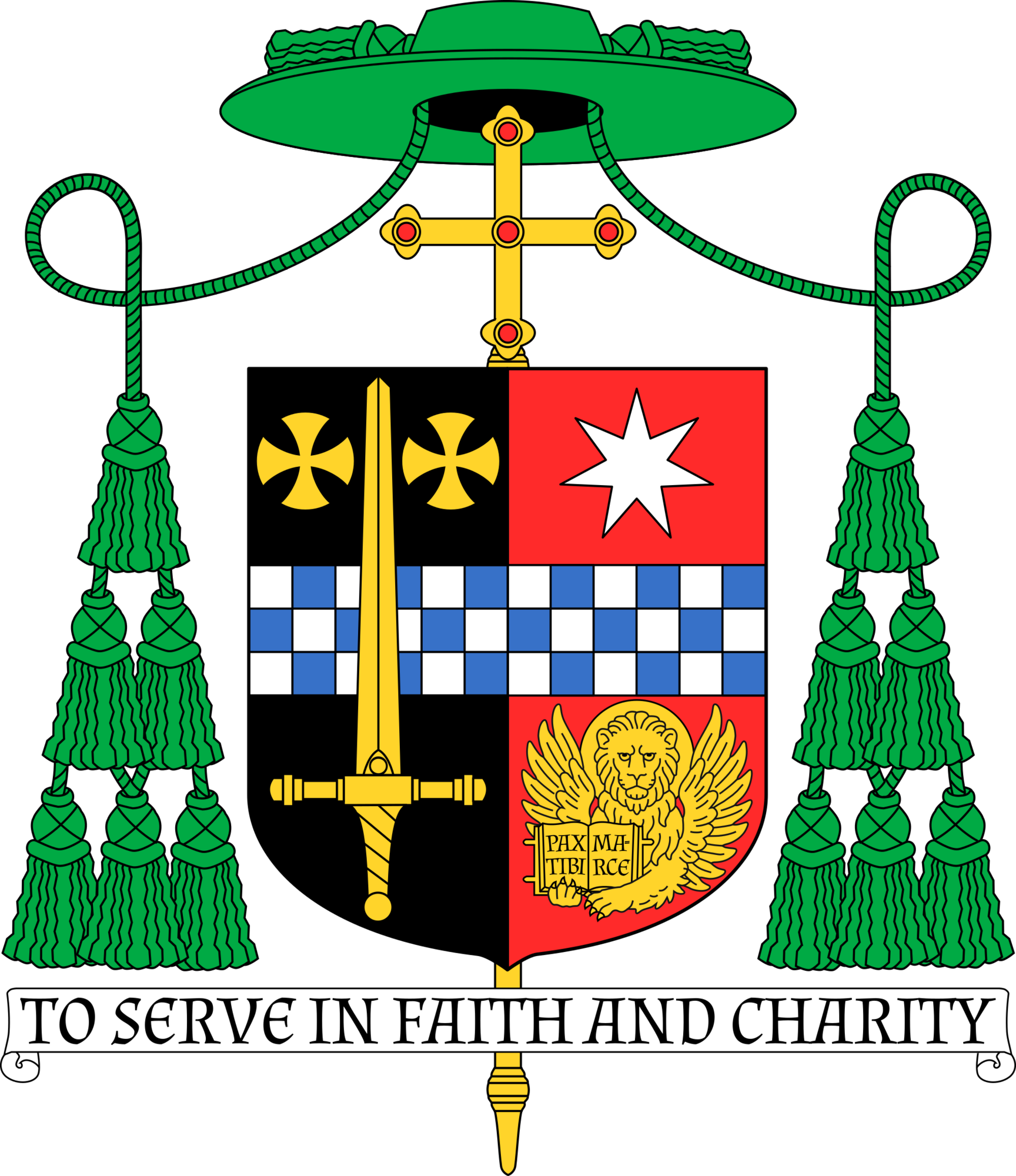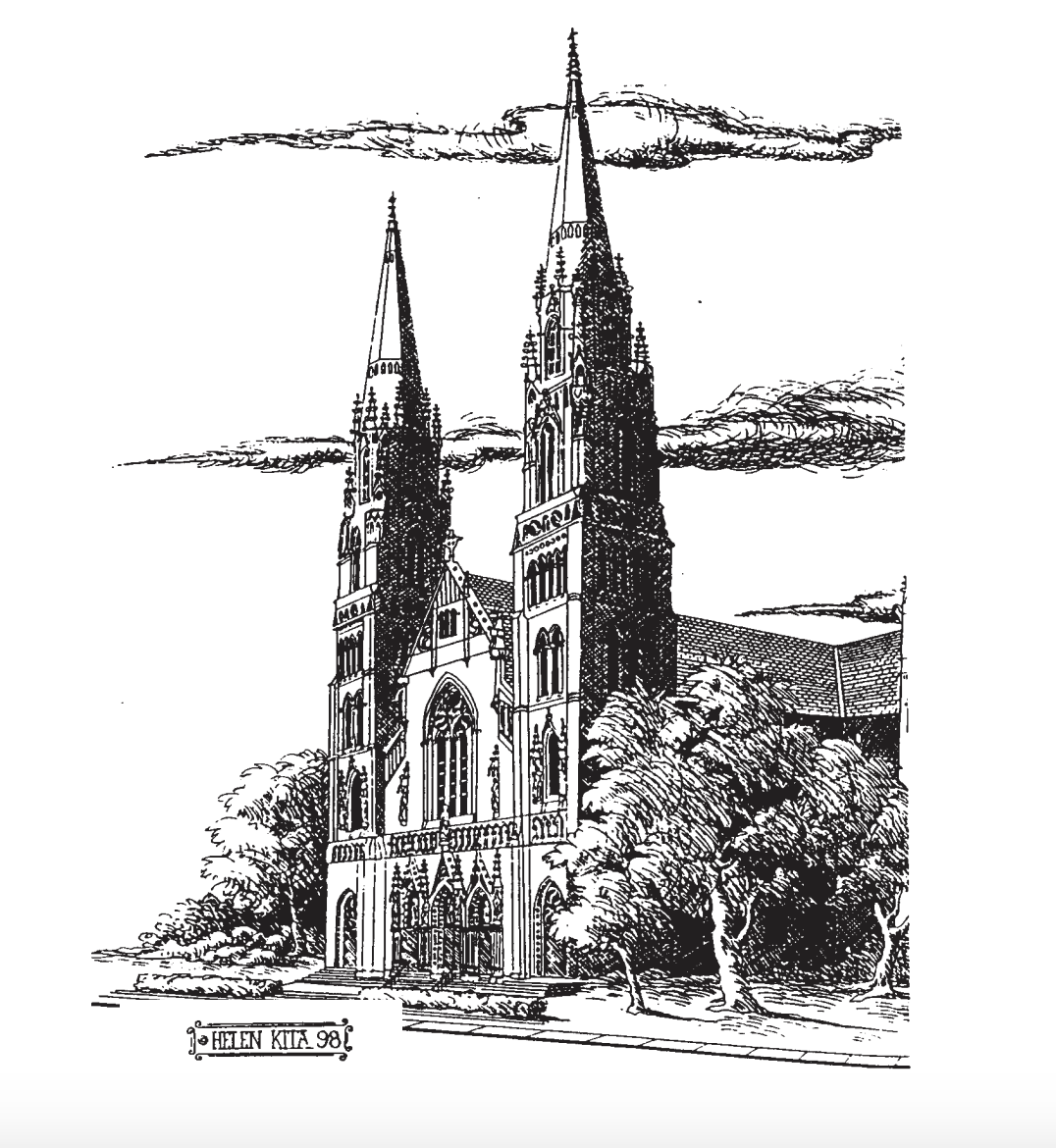Search
Media Resources
-
-
Diocese of Pittsburgh News
-
July 10On July 14 at 2:30 p.m. in Saint Paul Cathedral, Bishop Mark A. Eckman will be installed as the 13th bishop of the Catholic Diocese of Pittsburgh. All are welcome to attend.Read More
-
July 8To thank the faithful for his tenure as the 12th Bishop of Pittsburgh, Bishop David Zubik will celebrate a Mass of Thanksgiving at Saint Paul Cathedral at 7 p.m. on July 10. All are welcome. Bishop Mark Eckman will succeed him as the 13th Bishop of Pittsburgh on July 14.Read More
-
-
-
Pittsburgh Catholic magazine
-
Installation issue
-
Past issues
-
-
Bishop Mark Eckman Biography
-
Now 66, Bishop Mark A. Eckman was born in Pittsburgh to Francis and Clarissa Eckman (both deceased) and is brother to Peggy Mannella (Bethel Park), Mary Haugen and Francis, Jr. (both deceased).
He graduated from Saint Valentine Elementary School in Bethel Park, and South Hills Catholic High School (now Seton LaSalle Catholic High School).
He entered priestly formation at Saint Paul Seminary, East Carnegie, graduating from Duquesne University and then Saint Vincent Seminary in Latrobe.
Ordained a priest May 11, 1985, he was a parochial vicar at five parishes; high school chaplain at Vincentian Academy, Seton LaSalle and DePaul School for Hearing and Speech; pastor at four parishes and administrator of two. He was pastor for many years at Resurrection Parish (formerly Saint Thomas More), South Hills.
Bishop Eckman was ordained an auxiliary bishop of the Diocese of Pittsburgh on January 11, 2022. At the U.S. Conference of Catholic Bishops, he serves on the Committee on Priorities and Plans (strategic planning), the Task Force on Instituted Ministries (catechists, lectors, etc.) and the Administrative Board.
At the diocesan level, he was vicar for clergy personnel in 2013–2020 and again in 2023–2024. He had been vicar general since January 11, 2022, and general secretary since August 15, 2024, concluding with his installation on July 14, 2025 as bishop of the Diocese of Pittsburgh.
-
-
Bishop Eckman's Coat of Arms
-
"To serve in faith and charity"Every bishop of the Catholic Church is entitled to display a coat of arms—a shield decorated with colorful and meaningful images. Having a coat of arms is part of a very old tradition that reaches back to the middle ages. Each coat of arms is unique to the individual, and today, the images on the shield often carry personal meanings.
Bishop Eckman’s coat of arms has a red background symbolizing the Blood of Christ, who, in obedience to the Father poured our His Blood on the Cross in the ultimate act of love for the human race. The white, seven-pointed star at the top honors Mary, the Mother of God, while the lion at the bottom is a symbol of Saint Mark the Evangelist, Bishop Eckman’s patron saint and namesake. The blue and white checked bar is borrowed from the coat of arms of the Diocese of Pittsburgh, recalling his hometown.
Aside from the images on the shield itself, the decorations around it tell us about the individual as well. The green hat with twelve tassels, six on each side, denotes that this individual is a bishop of the Catholic Church. Archbishops are denoted by twenty tassels (ten on each side), and cardinals by thirty (fifteen on each side). Likewise, the coat of arms of a bishop is always surmounted by the cross—the great sign of our salvation. In the case of Bishop Eckman, he has decided to decorate the cross with five red gemstones symbolizing the five wounds of Christ.
While every bishop has a coat of arms, there is an additional, special tradition for diocesan bishops. A diocesan bishop’s coat of arms is “married” to that of the diocese he serves. That is, the diocesan bishop’s coat of arms is never displayed by itself, but always joined and united to that of the diocese.
Bishop Eckman’s personal coat of arms is on the right side of the shield, while the coat of arms of the Diocese of Pittsburgh is on the left. “Marrying” these coats of arms together is a symbol that the bishop is “married” to the local church that he serves.
-
-
Past bishops of the Diocese of Pittsburgh
-
Auxiliary bishops
-
Ordinary bishops
-
-
Saint Paul Cathedral
-
Learn about our Mother ChurchSaint Paul Cathedral stands as the glorious and stately Mother Church of the Diocese of Pittsburgh. Since 1906, Catholics from throughout the diocese, across the United States and around the world have crossed its threshold seeking a closer relationship with God.
The Cathedral of the Diocese of Pittsburgh enjoys a special place in the hearts of local Catholics as the visible center of our faith and unity. It is the Bishop’s church; there he has his chair (cathedra) from which he teaches and presides at worship among the faithful.
Saint Paul Cathedral is a veritable treasure house of ecclesiastical art with its altars, windows, statues, stations, crucifix and furnishings, all made especially for Saint Paul’s—some were donated by various parishes of the diocese, some by Catholic organizations and some by Catholic individuals and families.
Saint Paul Cathedral serves as the Mother Church for all parishes in the diocese and their respective members. Every altar upon which the Eucharist is celebrated throughout the diocese is an extension of the altar of Saint Paul Cathedral.
The Cathedral is also a parish church with its own congregation, lay organizations and other provisions for the spiritual care of its members. The Cathedral is the visible center of the spiritual life of our diocese. Each year, the Cathedral hosts ordinations to the priesthood and diaconate; hundreds of baptisms, weddings and funerals; and other large events such as the Order of Christian Initiation of Adults at the Easter Vigil Mass and Catholic high school graduations.
The present structure is the successor to two previous cathedrals, both of which were located at Fifth Avenue and Grant Street in downtown Pittsburgh, where the Union Trust Building stands today. The first cathedral was consecrated in 1843 and subsequently destroyed by fire in 1851. Bishop Michael O’Connor consecrated the second Saint Paul Cathedral in 1855. However, extensive excavation during construction of downtown streets damaged the Cathedral’s foundation and in 1901 plans began for construction of the present Saint Paul Cathedral.
On Wednesday, October 24, 1906, Archbishop Diomede Falconio, Papal Nuncio, at the request of Bishop John Francis Regis Canevin, dedicated and consecrated Saint Paul Cathedral at Fifth Avenue and North Craig Street in Oakland. Since that time, the present Cathedral has stood as a testimony to the Catholic presence in this region and to the important role of the Church in the vitality and collective visioning of southwestern Pennsylvania. In 2007 extensive renovations were completed to further highlight its gothic beauty and stately testimony to the faith of God’s people in the Diocese of Pittsburgh.
-
-
-
News from the Vatican
-
Pope Leo in his message for next year’s World Day of Peace urged the world to unarm and disarm words and actions – a message that one of his top advisors said goes beyond any contemporary ideology...
-
If successful, the organization that helped return President Donald Trump to the White House could narrow a gender divide that has been a persistent challenge for Republicans.
-
-

